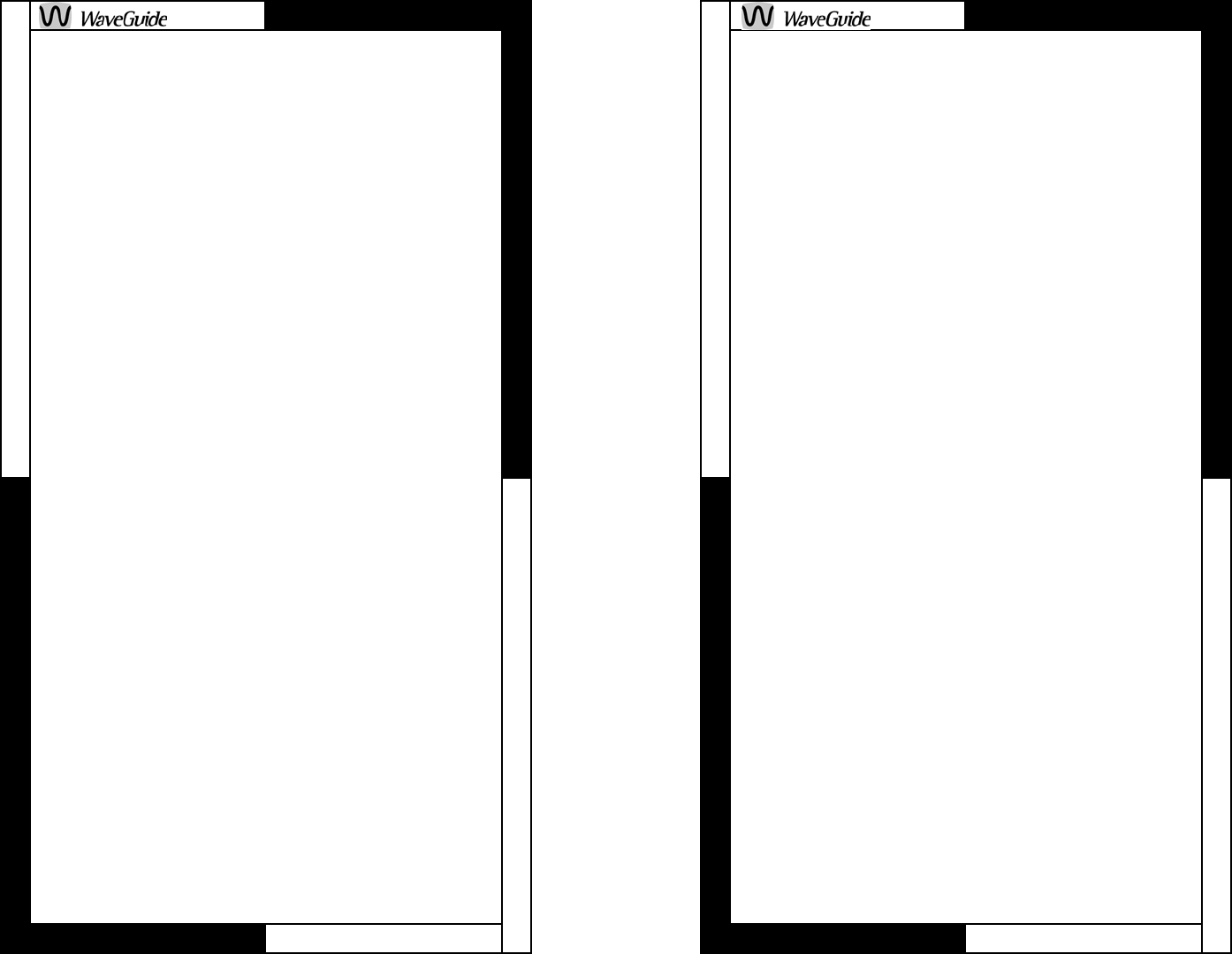
sound. When the sound is deeper and more
hollow sounding, you are between studs.
When the sound is sharper and more flat
sounding, you are close or over a stud.
• Identify studs by the position of electrical
outlets or switches. There may be a stud
directly to the left or right of these electrical
fixture. This gives you a point of
measurement since studs are either 24 or 16
inches on center in newer houses, 12 inches
in older homes.
Step 2. When you are sure of where the wall’s
studs are (and are completely sure there isn’t an
electrical cable, water pipe or heating duct in that
vicinity of the wall), use a level and position the
cardboard mounting template, and draw around
the outer perimeter with a pencil.
Step 3. Drill a 1-inch hole in the center of the
pencil outline which you have just drawn, just
deep enough to fully penetrate the drywall.
Step 4. Obtain a length of stiff wire such as a
straightened wire cost hanger. Bend it so that
the last 6 or 8 inches is at a right angle to the
rest.
Step 5. Insert the bent part into the 1-inch hole
you just drilled and probe to the left and the right
to confirm that a stud is not too close on either
side. Move the wire around in a circular motion to
check clearances above and below the hole as
well.
Step 6. If there are no obstructions, carefully
score the penciled outline of the template with a
sharp utility knife to avoid chipping paint or
Page 20
TM
foot ceilings and above) apart but no closer than
2 feet to any adjacent wall. Avoid placing
speakers in air return cavities. Some type of
protection will be required for the back of the
speaker if blown insulation is used. The following
is a partial list of ways to protect the speaker:
• Use an RE-16 speaker cover
• Use a piece of wood that will cover at least 3
feet on either side of the speaker opening.
The ends may be partially closed to keep the
blown insulation from reaching the speaker,
however, a minimum gap of 2 inches at each
end is better than a sealed box
• Use a piece of bat insulation at least 3 inches
thick over the back of the speaker. This
insulation should not have a backing or if it
does, the backing must be installed facing
away from the speaker.
• Use a fine mesh to cover the back of the
speaker to protect against bulk type insulation
materials. This will not work with insulation
containing fine powders.
Do not install speakers in joist cavities containing
120/240V appliances, within 18 inches of dimmer
light fixtures, security wiring and other control
wiring.
In-wall Installation
Careful consideration must be given to the
speaker location to realize the full frequency
range. In-wall speakers should be spaced 6 to 8
feet apart but no closer than 2 feet to any
adjacent wall or ceiling. Typical height from the
floor would be in the 4 to 6 foot range. Avoid
placing speakers in air return wall cavities,
outside walls or walls containing plumbing.
To reduce vibration into a room on the back side
Page 5
TM
